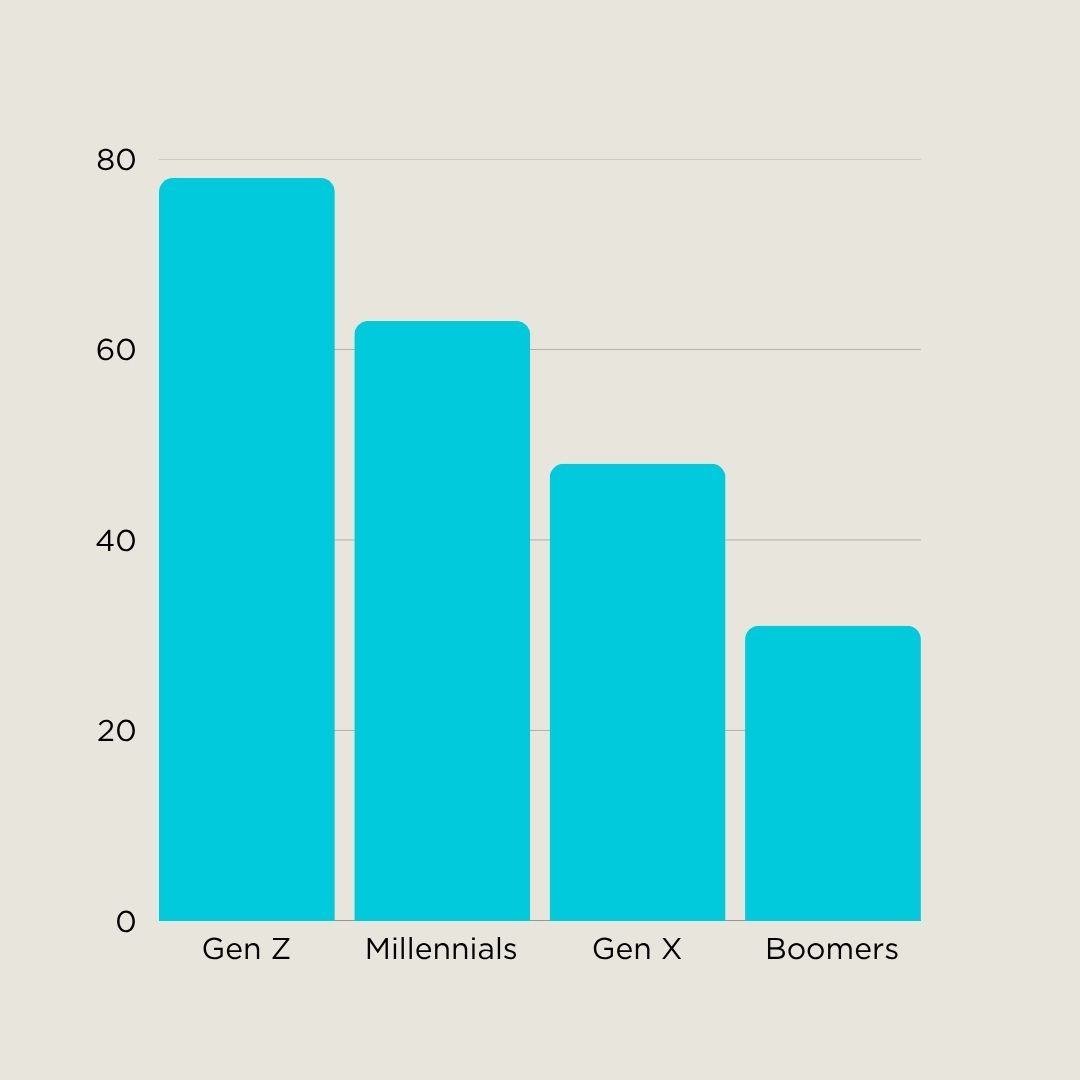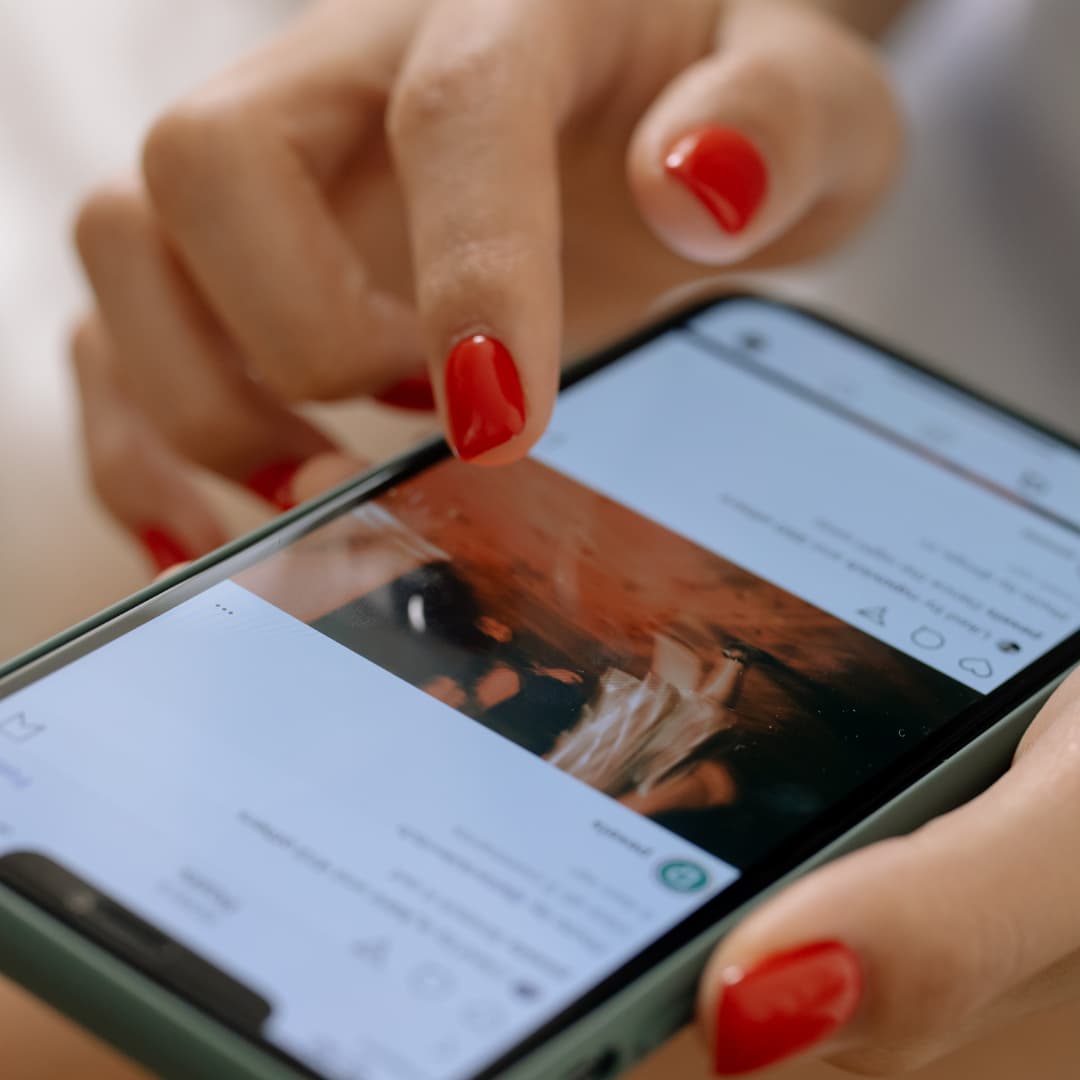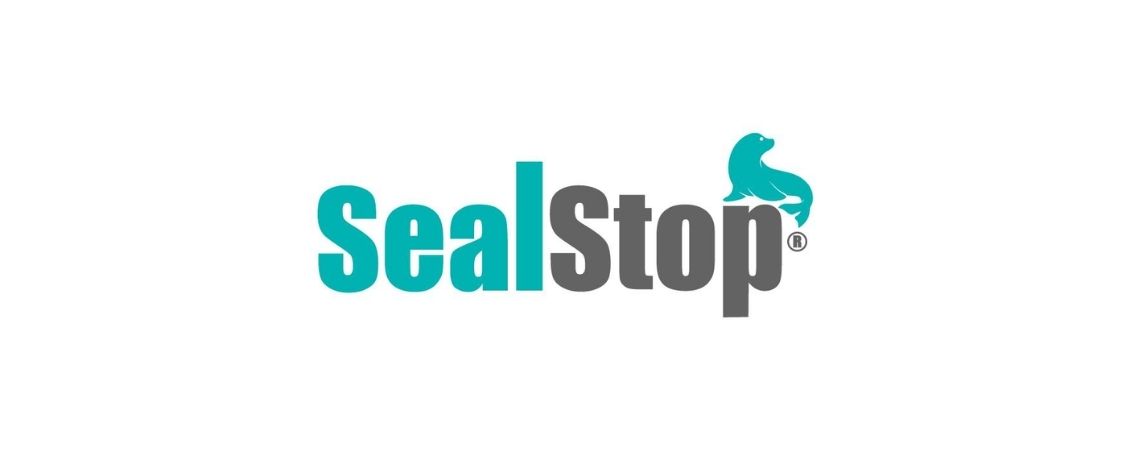You’ve got one hand on your inbox, the other halfway through a spreadsheet, and a third metaphorical limb toggling between tabs. You feel productive – but let’s be honest: are you actually getting anything done?
That frantic flitting from task to task? It’s not your superpower. It’s task masking. And if you’ve never heard the term before, you’re not alone.
We asked over 1,000 UK office workers how they really spend their time at work – and the results show we’ve got a problem. A big one.
So… What Is Task Masking?
Think of it as productivity cosplay. Task masking is when you look busy, but you're not actually making meaningful progress. You might switch tabs constantly, start five different jobs without finishing any, or ‘check’ your emails 34 times before lunch.
Sound familiar? You’re not alone:
- 64% of UK office workers admitted to task masking
- 43% said it made them feel more productive – even when they weren’t
- But many also said it left them stressed, overwhelmed, and burned out
In short: task masking is fooling no one. Not even yourself.
@sundaskhalidd So who is doing it? #taskmasking #returntooffice #rto #wfh #corporatelife ♬ original sound - Sundas
Where in the UK Are Task Maskers Most Common?
Our survey revealed some surprising regional differences in task masking. London topped the list, with 72% of office workers admitting to regularly switching tasks without completing them. Close behind were Manchester (66%) and Birmingham (61%). Meanwhile, workers in the South West (42%) and Scotland (39%) reported the lowest rates.
Whether it’s the fast-paced nature of city life or cultural differences in how we work, it’s clear that some regions are feeling the pressure to look busy more than others.
Who’s Masking the Most? Generational Trends in Task Masking
When it comes to task masking, Gen Z leads the charge – with 78% admitting to it regularly. Millennials follow at 63%, Gen X at 48%, and Boomers at just 31%. But how they mask differs by generation:
Gen Z
Serial tab-hoppers who toggle between Slack, TikTok, and tasks. Most likely to use fake “busy” calendar blocks.
Millennials
Procrastinate by organising their space, over-rely on to-do lists, and constantly chase inbox zero.
Gen X
Multi-screen masters who prioritise low-stakes admin to avoid big-thinking tasks.
Boomers
Least likely to mask – but still guilty of compulsively checking emails and sitting in back-to-back meetings that drain productivity.
And it’s not just anecdotal. The hashtag #WorkSmartNotHard has racked up over 50 million TikTok views, with Gen Z workers poking fun at the pressure to always look busy. But behind the comedy is something real: many workers feel they’re judged more on presence than progress.

How to Spot a Task Masker in the Wild (Or in the Mirror)
We get it, you’re busy, your to-do list is longer than the queue at Greggs and your brain’s juggling tasks like it’s auditioning for the circus. But here’s the thing: some of those tasks aren’t actually helping you make progress. They’re just masking the real work.
From our survey, we found the most common task masking habits look a little something like this:
✅ Starting tasks without finishing them – a classic! Half written emails, half solved problems, and that design file that’s been open for days.
✅ Switching between unrelated jobs constantly – jumping from one idea to another faster than a caffeinated kangaroo.
✅ Tackling easy, ‘filler’ tasks to dodge the real work – you know, deleting old emails instead of writing that report.
✅ Creating elaborate to-do lists… and then ignoring them – because writing them out felt like a win, right?
Sound familiar? If your Tuesday afternoons are starting to feel like an episode of “How to Avoid Doing the Actual Thing,” don’t panic – you’re definitely not alone. In fact, you’re in great company. So next time you catch yourself stuck in the masking cycle, take a breath, regroup, and go tackle the real deal!
Why Task Masking Happens (Spoiler: It’s Not Just Poor Time Management)
Let’s not beat ourselves up. Task masking isn’t laziness – it’s a coping mechanism.
We’re overloaded. Juggling Slack, email, meetings, deadlines, decisions – all while trying to appear on top of everything. And because we don’t want to be seen doing ‘nothing,’ we default to surface level busyness.
The problem? It chips away at our ability to do deep, valuable work – the kind that actually gets results. A recent Microsoft study backs this up:
- 42% of hybrid workers say they suffer from digital overload
- 68% say they lack uninterrupted time to focus
The Real Impact: More Stress, Less Satisfaction
Here’s what else our survey found:
- 57% said task masking made them feel burnt out
- Over half said it reduced the quality of their work
- 1 in 3 said it caused them to miss deadlines
So while it might feel like a productivity high in the moment, the long-term impact isn’t doing us – or our teams – any favours.
So, What’s the Fix? (No, It’s Not Just ‘Focus More’)
This isn’t about working harder. It’s about working smarter. Here’s what actually helps:
- Mono-tasking – A Stanford study found that multitasking can lower productivity by up to 40%. Focused work clears the mental clutter.
- Mute the noise – With 121 emails hitting the average inbox daily (Radicati Group, 2023), it pays to set notification boundaries.
- Time blocking – Harvard Business Review reports that deep work increases when you schedule intentional, uninterrupted time.
- Take proper breaks – Deloitte found employees who pause regularly make fewer mistakes and feel more engaged.

Digital Overload and Poor Meeting Culture to Blame, Say Experts
Sean Kachmarski, Health & Wellbeing expert at instantprint, believes the rise in task masking is largely due to digital overload and poor meeting culture. "People are bombarded with information from every direction – emails, notifications, meetings – it's easy to get caught in a cycle of constant 'busyness' without accomplishing anything meaningful. The key to overcoming task masking is understanding that productivity isn’t about juggling more tasks, it’s about focusing on fewer, higher-impact tasks," Sean explains.
Sean Kachmarski’s Top Tips to Eradicate Task Masking:
1. Set Clear Priorities:
"Start each day by identifying the top 3 tasks that will move the needle on your goals. Prioritise them and block time for them. It sounds simple, but it’s effective."
2. Eliminate Distractions:
"Mute unnecessary notifications. If you don’t need to be available 24/7, turn off the noise and create designated focus times. Treat your time like it’s a currency – don't spend it on distractions."
3. Say ‘No’ to Unnecessary Meetings:
"A lot of task masking happens because of back-to-back meetings. If a meeting isn’t necessary, skip it or request a more streamlined approach. Use email or messaging to handle quick decisions."
4. Time Block for Deep Work:
"Set aside blocks of time for deep work, and protect these periods fiercely. The goal is to work without interruption. Harvard Business Review shows that productivity increases dramatically when you schedule focused, uninterrupted work time."
5. Take Regular Breaks:
"Regular breaks prevent burnout and keep you energised. It’s widely reported that employees who take proper breaks are less likely to make mistakes and more engaged in their work."
By following these simple yet powerful strategies, Sean believes workers can avoid the trap of task masking and rediscover a sense of achievement in their work.
Final Thought: Busyness Isn’t a Badge of Honour
If you're constantly busy but rarely feel accomplished, task masking could be the culprit. It’s time to stop performing productivity and start reclaiming your focus.
Because the best work? It doesn’t happen in a blizzard of browser tabs. It happens when you give your brain the breathing space it needs to actually think.

.jpg)

.jpg)

